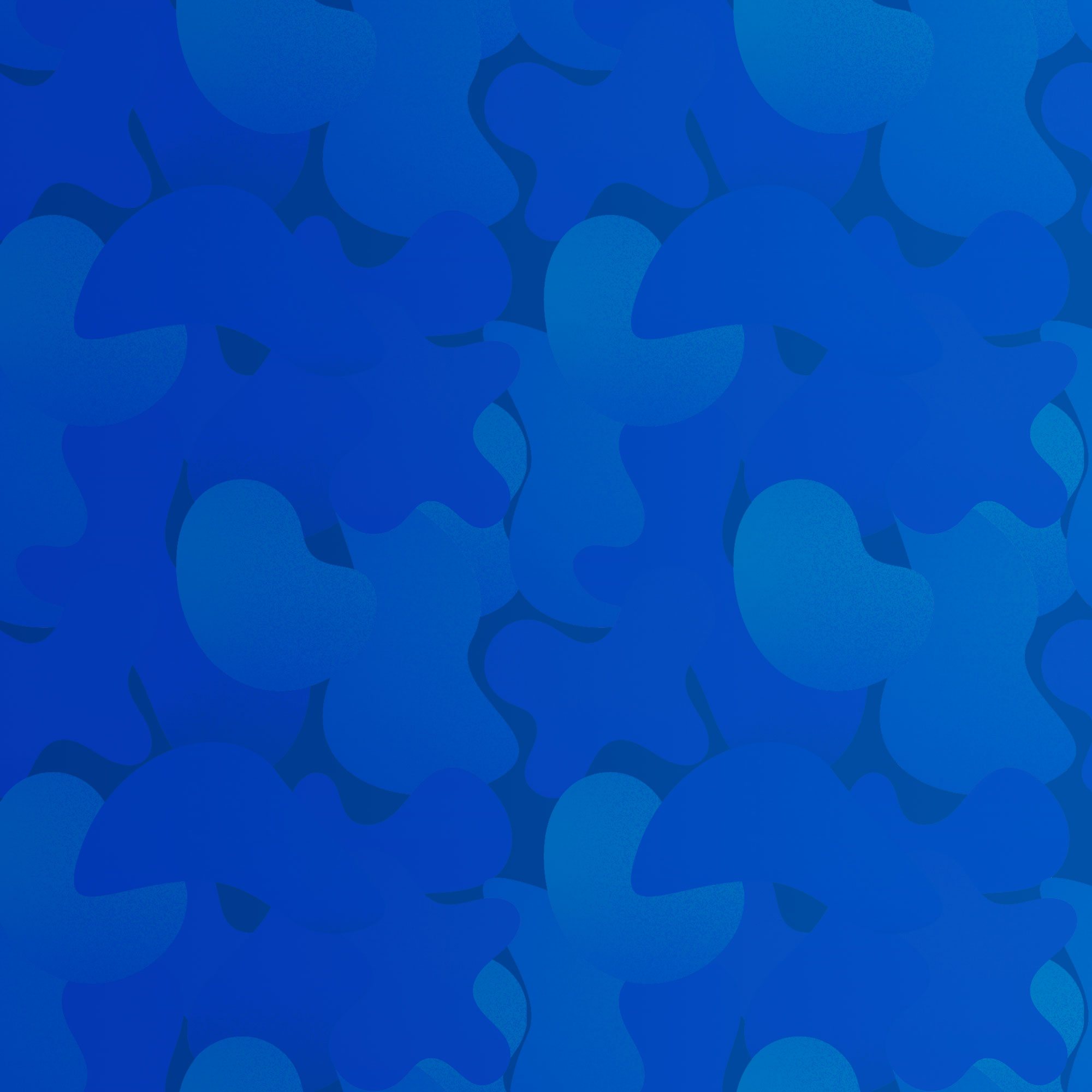Robert Tregoning: Exploring the Water Cycle in Flow with the Snow


About Author
We find out how Robert Tregoning and Oliver Averill's new picture book, Flow with the Snow, helps young children understand the water cycle and to explore the idea of change.
Robert Tregoning performed in West End shows before he began writing children's books, writing the stories he wishes he'd read as a child, providing a voice of recognition, validation, and kindness. He lives in the UK. www.roberttregoning.com
Oliver Averill is an illustrator based in the West Midlands, UK, inspired by history and most things old-fashioned. He has a degree in illustration from Falmouth University.
Interview
Robert Tregoning and Oliver Averill: Exploring the Water Cycle in Flow with the Snow (OUP)
October 2024
Flow with the Snow, an inspiring picture book about nature and our environment, follows the journey the Snow makes down a mountainside, over a waterfall and into a river and the sea, before finally returning to her mountain in a very different form.
The story will help young children gain an early understanding of the water cycle, while older children will enjoy discovering the message of the Snow's changing forms as she reaches for her dreams; a lovely message to share with children at home or during assemblies.
Review: "A brilliant rhyming book that personifies the snow and follows their journey through the water cycle."
Q&A with Robert Tregoning and Oliver Averill, exploring Flow with the Snow
"I hope children will get a sense of how all water everywhere is connected, that the water in their glass is connected
to delicate snow flakes falling from the sky and the deepest oceans."
1. Hello Robert and Oliver, thank you for joining us on ReadingZone! Can you tell us a little about yourself and the kinds of books you enjoy creating?
Robert: Hello, thank you so much for having me. I love to write rhyming, lyrical picture books - very much inspired by my time working in musical theatre. I also love to write books about hopes and dreams and finding joy! Books that celebrate who we all are as individuals.
Oliver: I have two children, and I'm an illustrator. I enjoy working on children's books with a great story with plenty of emotion. I also enjoy working on non-fiction books.
2. What is your new book, Flow with the Snow, about?
Robert: This book is about the Snow, who has been sitting on the top of a mountain for as long as she can remember. She's spent her days staring upwards longingly at the clouds, dancing so gracefully at their ball on the breeze. Then one day, the clouds drift out of view and the bright sun is revealed. Snow starts to feel something very new - slushy and warm, she begins to melt! From there, we go on a joyful journey with her through the water cycle; but will Snow achieve her dream of dancing with the clouds?
Oliver: For me it's about creating the images through textures and atmosphere. When I first read the book, before I start illustrating, I'm always looking for ways to create atmosphere. In this case it was very easy and that really is a testament to Rob's writing and imagination. I think the personification of water was the challenge with this book: What will she look like as calm water? A crashing wave? What will she look like as water, underwater? These were all fantastic opportunities to play around with textures and to find Flow.

Extract from Flow with the Snow
3. What inspired you to write about the water cycle, and how do you create this as a story?
Robert: Inspiration came on a plane, flying over the island of Crete. From the plane we could see the beautiful blue sea and inland, snow-capped mountains. Then, floating above the mountains, fluffy white clouds. It was my wonderful husband Billy, who inspires me every day, who said, "What about a story based on the water cycle?" That got me thinking and snowflakes began to form in my mind and they landed on the pages as Flow with the Snow!
I liked the idea of personifying the snow/water because it felt fun to go on this journey through the eyes of something that keeps changing. I also liked the connection to our experience as humans, constantly growing, changing and chasing dreams. So the Snow became the central character and in the story we go on an adventure - down a waterfall, along a river, out to sea and beyond, all from her point of view.
I feel extremely fortunate to have created this book with the incredible Oliver Averill. You might think personifying water visually isn't necessarily an easy task but Oliver has done it so beautifully and it's wonderful to see the Snow transforming throughout the story.
Oliver: I think children will learn about the water cycle but in a fun and heartfelt way, but also that we all go through our own changes, on our own journeys through life. The story really puts an emphasis on the journey water goes on to become a ballroom-dancing cloud!
4. What will children learn about the world around them - and particularly the water cycle - from Flow with the Snow? Do stories like these help explain the world better than non-fiction?
Robert: I hope children will get a sense of how all water everywhere is connected, that the water in their glass is connected to delicate snow flakes falling from the sky and the deepest oceans. I'm sure children all enjoy many different approaches to learning but I imagine there are children out there who like me, enjoy taking in new information when it's wrapped up in story telling and theatricality!
5. The story is written in rhyming verse and uses a lot of descriptive words for water. What kinds of words will children learn through the story?
Robert: Yes, there are lots of lovely words in this story. Words like flurry, slushy and warm, big splishy splash, bobbing and bubbling, hazy and hot. It was so much fun to play with the language as we follow Snow on her journey.

Extract from Flow with the Snow
6. The story also touches on looking after our environment. How do you introduce this, and why did you want it included?
Robert: Yes, it felt important to me to include this within the story. As the book emphasises how interconnected all water everywhere is, I wanted to also show the negative impact humanity can have on this vital natural system.
When the Snow makes her way through the big city, she picks up a whole lot of sewage and junk which makes her feel sick. Oliver has depicted this so brilliantly, with discarded objects and plastic bags and a few buzzing flies drawn to the smell. In the book we see how easily waste can make its way into the water system and out in to the world's oceans; hopefully it's a reminder to think about the impact we have on our beautiful planet.
Oliver: When Snow is floating through the city and picks up a lot of sewerage and junk, you can see by the look of disgust on her face that this isn't a good thing. She then immediately travels to the ocean where we find all the beautiful sea life. It's obvious that all this junk ends up in their home.
7. Is there also a message about the changes children themselves might face as they grow up?
Robert: Yes, to me there's a message in this story about embracing the many ways in which people can change but at the same time, stay true to themselves. It's a story about how the person you dream of being can be the person you already are. It might take a bit of an adventure to get to where you want to get to but you can absolutely do it. If you have a dream, then keep moving towards it and enjoy the journey, just like the Snow does.
8. What is your favourite part of the story?
Robert: I love the initial melting, which feels like the point in the story at which the adventure really begins! The book turns sideways at this moment and Oliver has created a wonderful mountainside that we whizz down with Snow! I also love the lazy lapping stream. A moment of real peace and calm within the story, where Snow enjoys floating past fields and flowers.
Oliver: My favourite part is when she's crashing amongst the waves, free and wild. This was probably one of my favourite spreads to work on too.

Extract from Flow with the Snow
9. How would you describe your own natural element - are you a country or city person, water or earth? What kinds of places make you happy?
Robert: I actually live in a place that feels like it's right on the edge of the city. I do love being connected to the hustle and bustle of the city, especially the theatres, but I love being able to get out in to green spaces, too. I'm happiest when we're out walking with our dog, Barney. Usually that's amongst trees, surrounded by my favourite colour green but ideally there'd also be a stream or lake nearby, not least so that Barney can have a swim. I also love being by the sea, seeing it stretch out into the distance and knowing that eventually, it reaches the beautiful island of Crete and the snow-capped mountains that inspired Flow with the Snow!
Oliver: I'd say I'm someone who likes the quiet and my solitude. I like being surrounded by fields, forests and hills so that would probably make me earth or a tree!
10: Here's a Creative Challenge for the children: Can you think of words or sounds to describe the different ways in which water moves?
Watch Robert Tregoning introduce his earlier picture book, What the Crow Saw Below (OUP)
 Flow with the Snow
Flow with the Snow
 What the Crow Saw Below
What the Crow Saw Below
